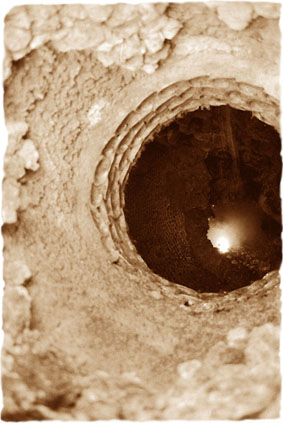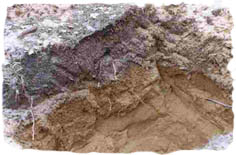

Due to the inherently nuanced nature of language, neither systems could infallibly translate between semantic and formal ontologies. Unfortunately when working with GIS, error and imprecision of this kind are an inevitable issue. We encountered marked divergence between the ways each definition set handled the same original data. While in both cases there was a substantial improvement in terms of the number of final material types (12 for the GSC and 17 for the BC definitions), the disparity between final material counts is only partly accounted for by the existence of differing tolerances for material description. For example, the BC rules define shale as including the following terms: shale, mudstone, claystone, and siltstone; whereas the GSC accepts only the descriptors: shale, slate and shaly.





| |